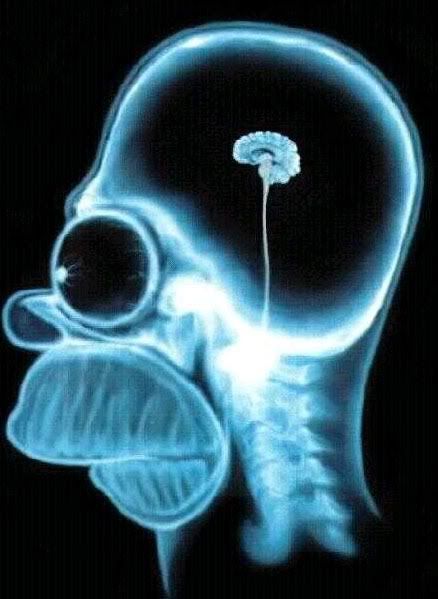made me think ....
what should we do in case ..?some one goes down in the trail hard ,
this is fo real monkey ****
dude in front slams on the trail
what do we do ...........
lets just get it in script
lock down trail head
check for movement
neck , head injuries ........
a good pro ta call - for when it happens --- the good ones should be a stickied
what should we do in case ..?some one goes down in the trail hard ,
this is fo real monkey ****
dude in front slams on the trail
what do we do ...........
lets just get it in script
lock down trail head
check for movement
neck , head injuries ........
a good pro ta call - for when it happens --- the good ones should be a stickied


